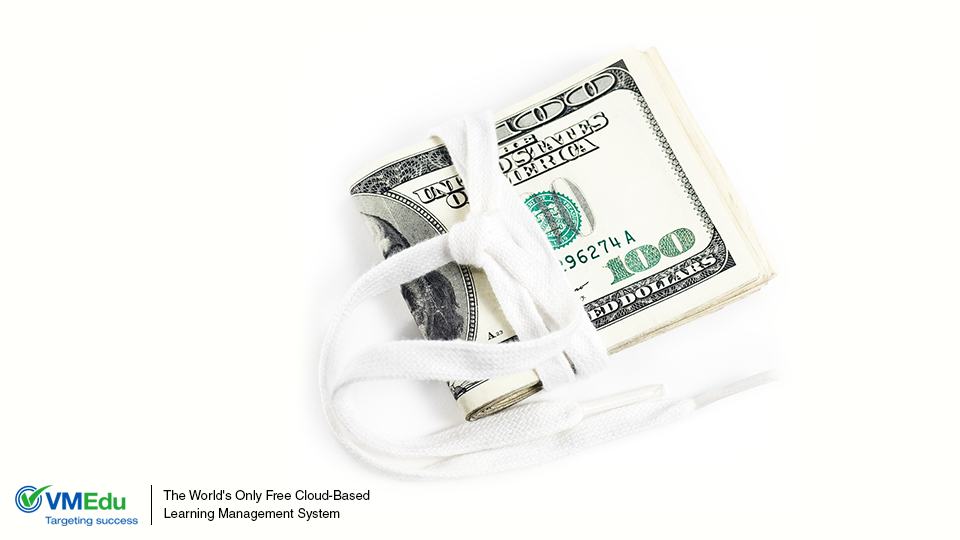To professional educators and trainers, Salman Kahn, founder and CEO of Khan Academy, is a legend, a modern-day Shakespeare of the learning world and “such stuff dreams are made on.”
Khan began his journey by helping his cousins with their math homework using the Internet and Yahoo’s Doodle Pad. Having three degrees from MIT in math, electrical engineering and computer science helped a lot. Later, he posted the lessons on YouTube; they went viral and now he runs an online educational organization that stretches education into new shapes and new possibilities.
Kahn’s path was pretty unique back in 2009, but now crowds of people have YouTube channels for their lessons. In 2012 60 hours of video were uploaded to YouTube every minute. In 2014 more than 300 hours of video were uploaded every minute. The educator wanting to repeat Khan’s experience has a lot more competition than they used to.
To help educators have a place to be seen and heard, VMEdu, Inc. has launched its own cloud-based course sharing platform. The platform took more than seven years to develop and has been used by the company’s training brands—such as PMstudy, SCRUMstudy, and 6Sigmastudy—to establish themselves in their fields and become some of the largest training companies worldwide. Through these brands and the platform, VMEdu has more than 800 authorized training partners (V.A.T.P.s) globally.
The company has now opened its Learning Management System (LMS) to non-A.T.P.s in a program called “VMEdu Authorized Content Providers” (V.A.C.P.). This program enables any organization that has created courses related to any field of adult learning in any language to launch courses on their own website for free—this is where the “shoe string” in the title comes in. In addition to launching and managing the course, content providers get their own mobile app, have the opportunity to sell to the VMEdu Partner Network (800+ Partners), offer their courses on SMstudy and track student progress.
The company helps content providers “easily create [their] online courses through an easy-to-use cloud interface ‘VMEdu Course Builder’.” The interface allows educators and trainers to upload “videos; test questions; flashcards and glossary; case studies; study guides and more.”
More on the shoe-string thing: the VMEdu website says, “Unlike other traditional LMS platforms, you do not have to pay any licensing fees, buy expensive hardware, or hire expensive software professionals to launch your online courses and mobile apps. There is no cost associated with creating or uploading your courses.”
Some VMEdu Authorized Content Providers will be “the-next-big-thing” in educational innovation and quality. Others are “the-now-best-thing” in quality education built on the most up-to-date technologies and methodologies. Whatever role a trainer wants to play in adult education and professional training, the VMEdu’s Learning Management System is ready to help.



